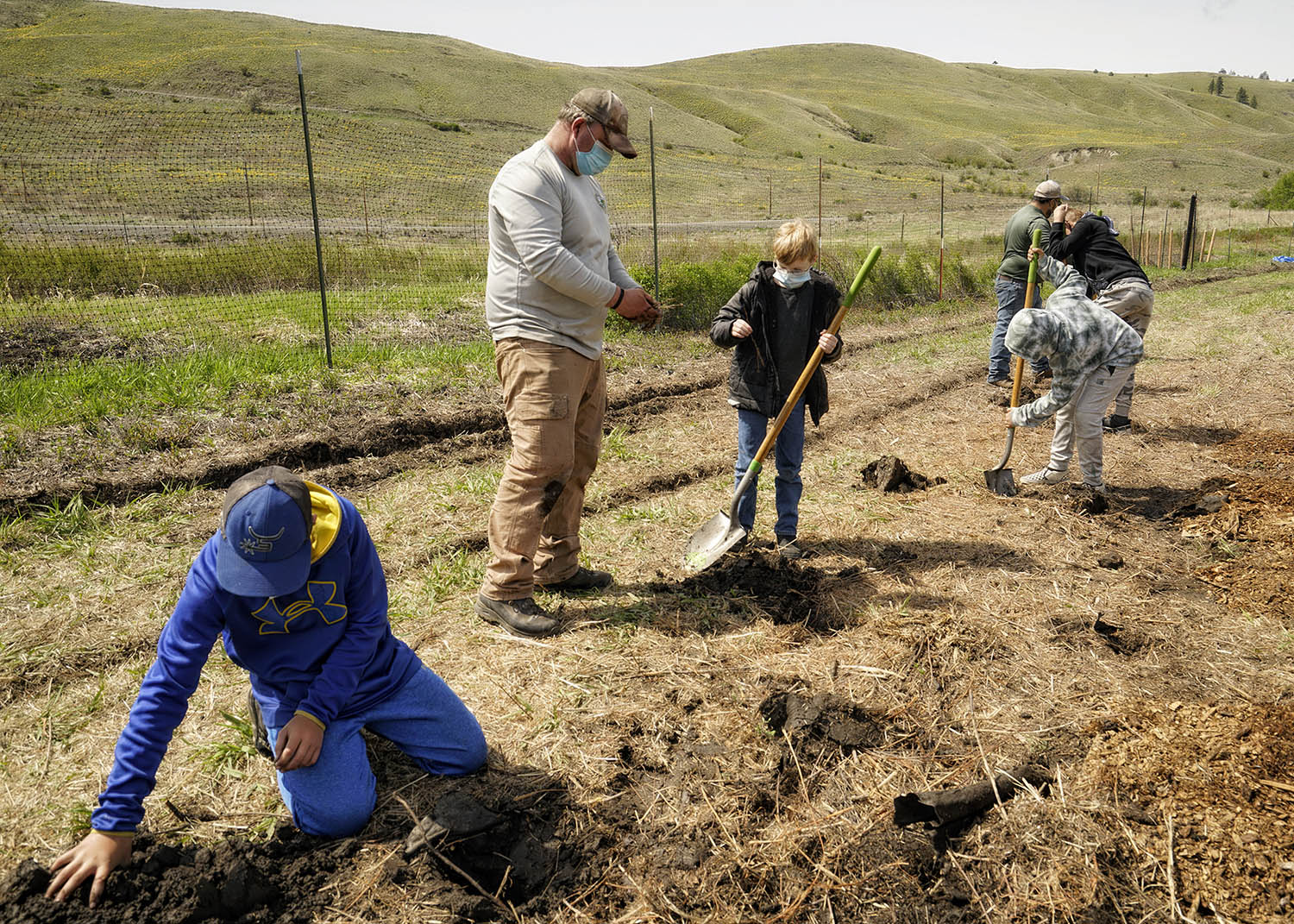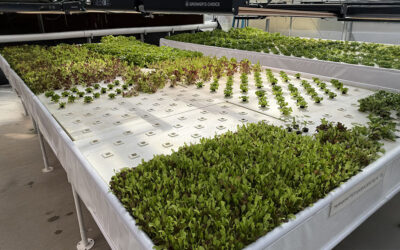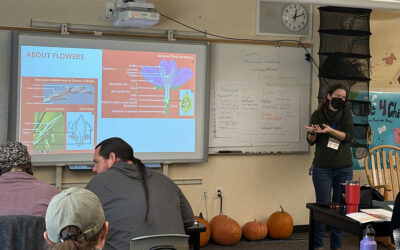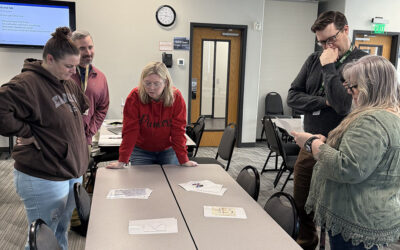Over the course of two days, April 27th and April 29th, eight Tonasket Elementary School teachers and 63 5th grade students visited the Scotch Creek Wildlife Area located near Conconully, WA. The purpose of these visits was to take their classroom science learning into the field for an authentic science experience. Students worked alongside scientists to collect data, engineer water retention devices, plant and identify important plant species and paint their observations all in their efforts to learn more about how science is helping conserve the state-endangered sharp-tailed grouse in Okanogan County.
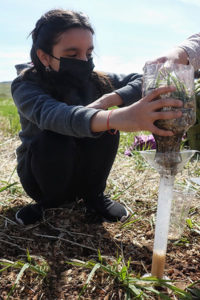
Student using natural materials to engineer a way to slow the movement of water.
Washington Department of Fish and Wildlife Scotch Creek Wildlife Area staff installed Beaver Dam Analogs along a stretch of Scotch Creek in fall of 2020. Students learned from regional WDFW staff the purpose of the BDAs is to slow the water flow of the creek and increase water retention in an effort to support the growth of water birch. The water birch is an important plant species for winter survival of the endangered sharp-tailed grouse. WDFW biologist, Mike Schroeder, supported student learning with a short presentation on sharp-tailed grouse and BDAs.
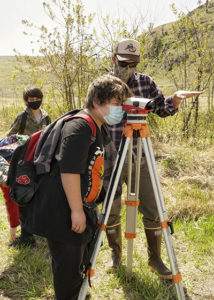
Student using a surveying tool to determine the level of ground water in the stream bed with the help of Matt Young, fish biologist with the Colville Confederated Tribes Fish and Wildlife Department.
Students spent their day rotating through four different stations. At the Planting Station students learned to use a dichotomous key to identify native plants commonly found in the shrub-steppe from The Methow Beaver Project’s Julie Nelson while also getting to plant water birch with WDFW’s Bryan Dupont and Oscar Medina. In their next station, students explored stream transects with Colville Confederated Tribe Fish and Wildlife Department’s Matt Young and Oly Zacherle. At this station students used scientific tools to calculate the volume of water in the stream before and after a BDA as well as looked at ground water levels. Following stream transects, students built their own water retention devices using recycled bottles and natural materials to see if they could slow the flow of stream water. This station was led by Kim Kogler of the Okanogan Conservation District. And finally, students had an opportunity to put their observations to paper in a station led by retired art and science teacher, Dan Brown. Students used watercolor to capture the scenery as well as a feather from a grouse.
When asked whether they would continue to bring their students to Field Work experiences in the future, one participating teacher replied, “Try to stop me!”

